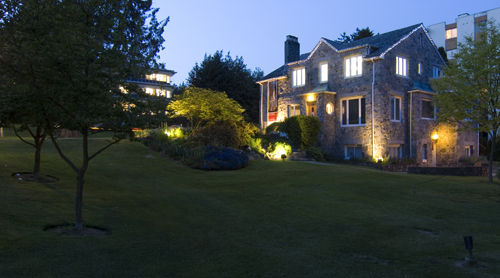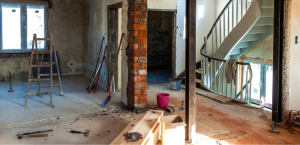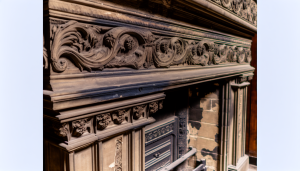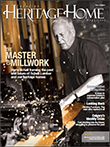Gertrude Lawson House stands out. Located at 17th Street and Esquimalt in West Vancouver, British Columbia, it bears more resemblance to a Scottish castle than it does to the houses that surround it.
This is no coincidence. Gertrude Lawson built the house in the Scottish manorial style, a style she had observed and fallen in love with on a trip overseas.
Designed as a two-story residence with a full basement, the house in its original period boasted an enclosed space of 3,000 square feet. Its walls of stone and slate roof alone would make it a rarity in the Pacific Northwest, where most homes were constructed of wood, but the style of masonry raises it to an entirely different level. The stones are not cut to shape and laid in rows, as is the case with most stone masonry. Instead, large stones are set in bands of cement in a seemingly random pattern. Indeed, even the stones themselves are a rarity, not having originated in the region at all. They were brought from New Zealand as ballast for a ship.
Gertrude Lawson was a teacher and artist. She planned her home as a place where other artists and educators could gather and live. She raised a mortgage to have the house built and was the first woman granted a mortgage in British Columbia. Lawson lived in the house until her death in 1989.
Today, Gertrude Lawson House is the home of the West Vancouver Museum & Archives. It stands as an iconic reminder of the contributions made by the Lawson family to the history of Vancouver and British Columbia.








